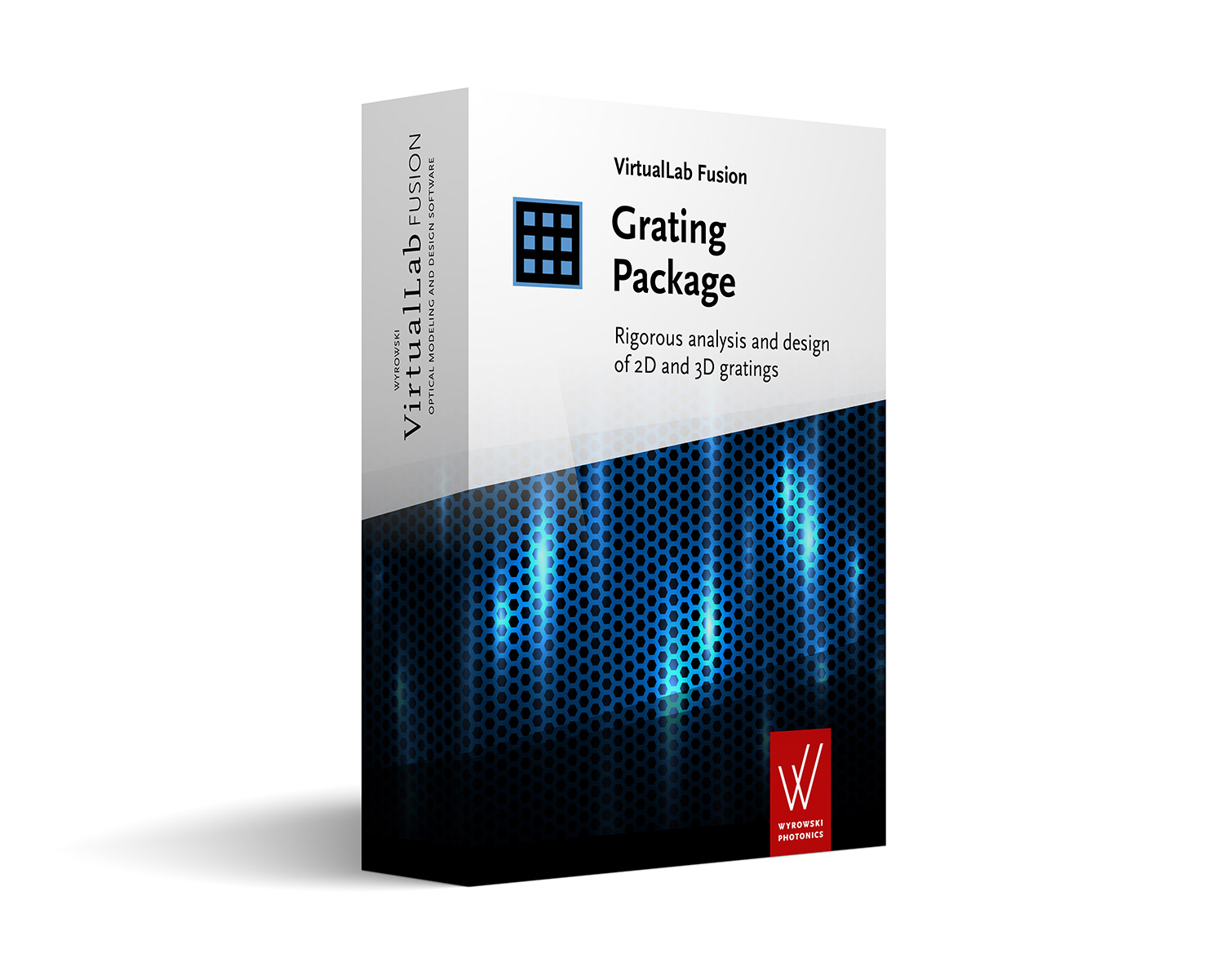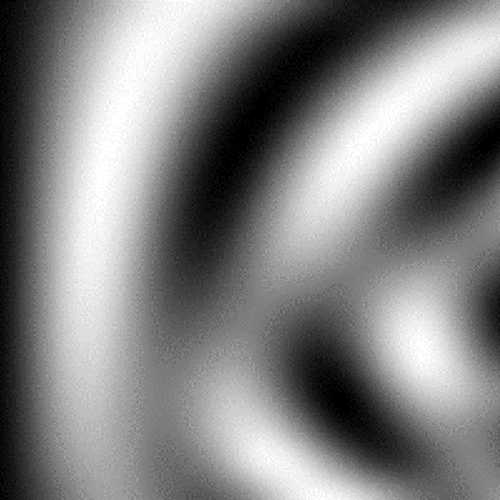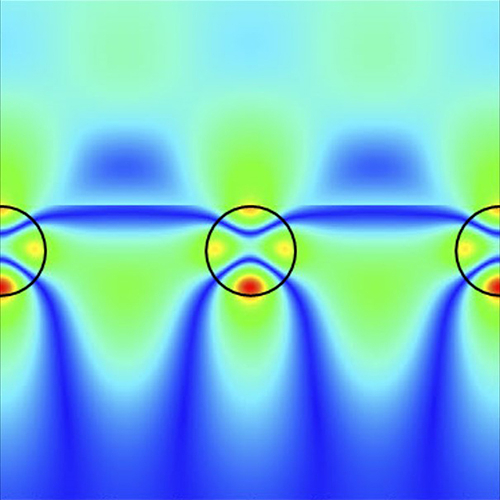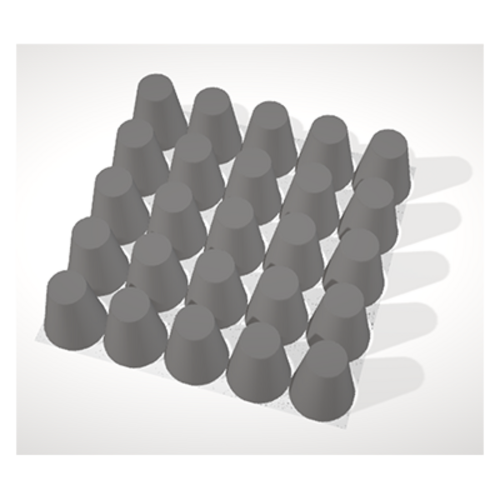
Grating Package
Rigorous Analysis and Design auf 2D and 3D Gratings
The Grating Package enhances VirtualLab Fusion with powerful tools for designing and analyzing diffraction gratings. It introduces the Fourier Modal Method (FMM) solver, also known as Rigorous Coupled-Wave Analysis (RCWA) – a full-vector solver for Maxwell’s equations that accurately models 1D and 2D periodic structures.
Key Features
- Fourier Modal Method (FMM) Solver
This rigorous solver provides high-precision simulations for periodic structures, making it an essential tool for designing complex gratings. Note: The FMM solver is exclusive to this package. Any design requiring it will need a VLF license extended with this package.
- General Grating Component
Expands VirtualLab Fusion’s component library with a dedicated General Grating Component, allowing for detailed grating designs within your optical setups.
- Predefined Optical Setup for Grating Design & Optimization
A dedicated workbench is included for designing and optimizing gratings. Once a structure is finalized, it can be saved as a user-defined element in the catalogue and later integrated into other optical designs.
- Grating Order Analyzer Tool
This specialized tool calculates diffraction order efficiencies, enabling seamless transformation of a grating design into a Diffraction Efficiency Function. This function allows you to reuse the design across different tools.
How the Grating Package Extends VirtualLab Fusion
Without this package, VirtualLab Fusion models gratings using the Thin Element Approximation (TEA), which represents them as phase functions.
While TEA can provide reasonable results for gratings with periods much larger than the wavelength, it lacks accuracy for more complex structures. For a more comprehensive comparison, we recommend referring to our Use Case: Thin Element Approximation (TEA) vs. Fourier Modal Method (FMM) for Grating Modeling.
Furthermore, if you are developing Virtual Reality (VR) applications and utilizing the Waveguide Package, incorporating the Grating Package can provide substantial advantages. This package allows for the integration of realistic grating structures within waveguide designs, ensuring simulations that are not only more accurate but also more physically representative of real-world optical behavior. By enhancing the fidelity of your optical models, the Grating Package plays a crucial role in achieving high-performance waveguide-based VR solutions.


